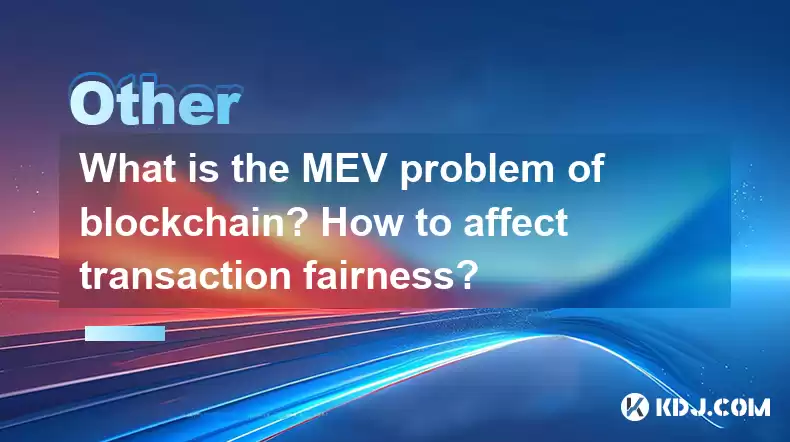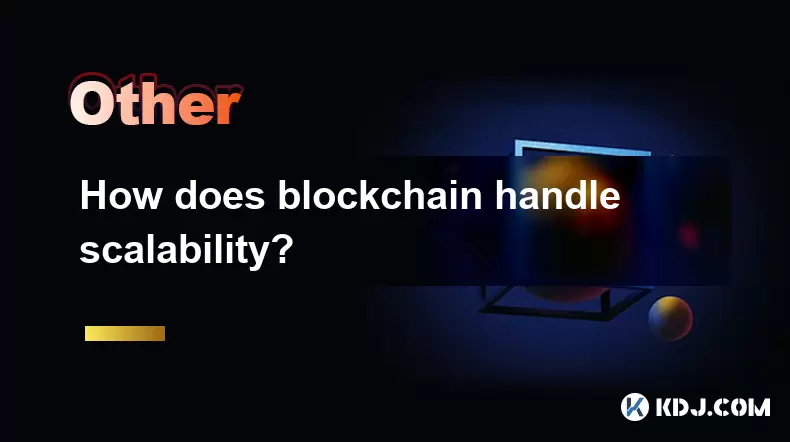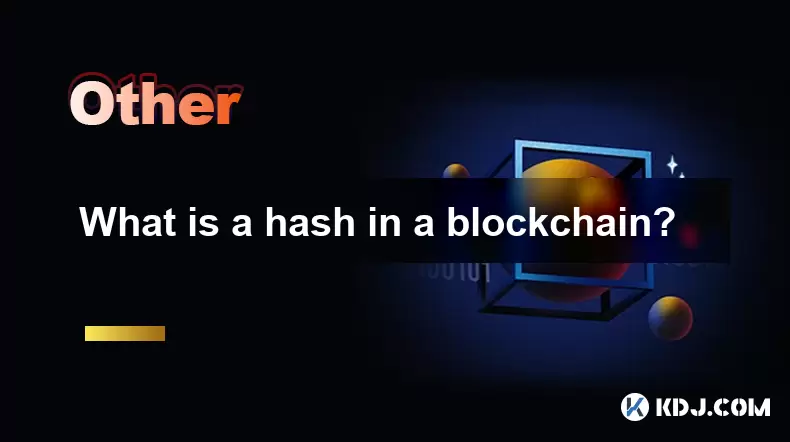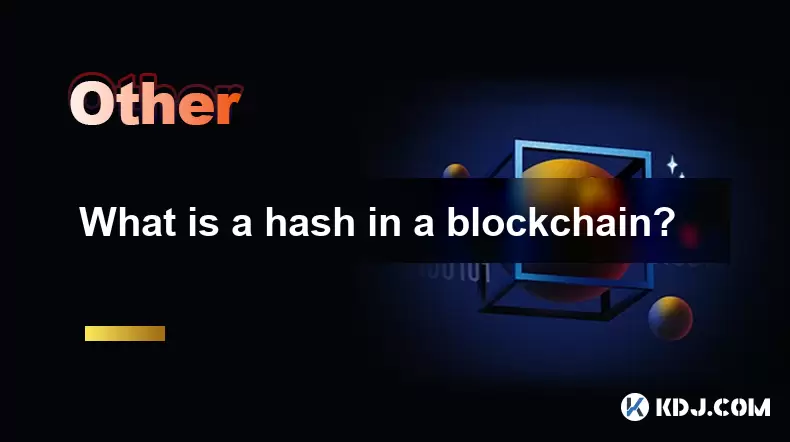-
 Bitcoin
Bitcoin $113900
-1.39% -
 Ethereum
Ethereum $3517
-4.15% -
 XRP
XRP $3.009
1.59% -
 Tether USDt
Tether USDt $0.9997
-0.04% -
 BNB
BNB $766.8
-1.41% -
 Solana
Solana $164.6
-2.38% -
 USDC
USDC $0.9998
-0.02% -
 TRON
TRON $0.3277
0.65% -
 Dogecoin
Dogecoin $0.2023
-1.67% -
 Cardano
Cardano $0.7246
0.05% -
 Hyperliquid
Hyperliquid $38.27
-4.77% -
 Sui
Sui $3.528
-0.52% -
 Stellar
Stellar $0.3890
-0.73% -
 Chainlink
Chainlink $16.16
-2.69% -
 Bitcoin Cash
Bitcoin Cash $539.9
-4.38% -
 Hedera
Hedera $0.2425
-2.00% -
 Avalanche
Avalanche $21.71
-0.97% -
 Toncoin
Toncoin $3.662
5.73% -
 Ethena USDe
Ethena USDe $1.000
-0.02% -
 UNUS SED LEO
UNUS SED LEO $8.964
0.35% -
 Litecoin
Litecoin $107.7
2.33% -
 Shiba Inu
Shiba Inu $0.00001223
-0.40% -
 Polkadot
Polkadot $3.617
-0.97% -
 Uniswap
Uniswap $9.052
-2.49% -
 Monero
Monero $295.1
-3.79% -
 Dai
Dai $0.9999
0.00% -
 Bitget Token
Bitget Token $4.315
-1.85% -
 Pepe
Pepe $0.00001060
0.11% -
 Cronos
Cronos $0.1342
-2.72% -
 Aave
Aave $256.0
-0.87%
What is the MEV problem of blockchain? How to affect transaction fairness?
MEV allows miners to manipulate transaction order for profit, impacting fairness; solutions like fair ordering protocols and MEV auctions aim to mitigate this issue.
Apr 28, 2025 at 09:56 am

The Maximum Extractable Value (MEV) problem in blockchain refers to the potential for miners or validators to reorder, include, or exclude transactions in a block to maximize their profit. This phenomenon can significantly impact the fairness and security of transactions on a blockchain network. In this article, we will explore the MEV problem in detail and discuss how it affects transaction fairness.
What is MEV?
MEV, or Maximum Extractable Value, is the maximum profit a miner or validator can extract from a blockchain by manipulating the order and inclusion of transactions in a block. This manipulation can occur in various forms, such as front-running, back-running, and transaction reordering. By exploiting MEV, miners or validators can gain additional profits beyond the standard block rewards and transaction fees.
How Does MEV Work?
MEV exploitation can occur in several ways. One common method is front-running, where a miner or validator sees a pending transaction that will likely increase the value of a particular asset and quickly submits their transaction to be included before the original transaction. Another method is back-running, where the miner or validator submits a transaction immediately after a profitable transaction to capitalize on the price movement.
Transaction reordering is another technique used to maximize MEV. Miners or validators can rearrange the order of transactions within a block to optimize their profits. For example, they might prioritize transactions that offer higher fees or those that can be exploited for arbitrage opportunities.
Impact on Transaction Fairness
The MEV problem can significantly affect transaction fairness on a blockchain. When miners or validators manipulate transactions for their benefit, it can lead to a situation where certain transactions are prioritized over others, not based on their inherent value or the time they were submitted, but rather on the potential profit they can generate for the miner or validator.
This manipulation can result in unfair transaction processing, where users who submit transactions at the same time may experience different outcomes. For instance, a user's transaction might be delayed or even excluded from a block if it does not offer a high enough fee or if it does not align with the miner's or validator's profit-maximizing strategy.
Examples of MEV in Action
To better understand the impact of MEV on transaction fairness, let's look at some real-world examples. In decentralized finance (DeFi) platforms, arbitrage opportunities are a common target for MEV exploitation. When a price discrepancy exists between different exchanges or liquidity pools, miners or validators can quickly execute transactions to profit from these differences, often at the expense of other users.
Another example is liquidation events in DeFi lending protocols. When a user's collateral falls below a certain threshold, the protocol may automatically liquidate their position. Miners or validators can exploit this by front-running the liquidation transaction to buy the collateral at a lower price before the liquidation occurs, thereby securing a profit.
Mitigating the MEV Problem
Several strategies have been proposed to mitigate the MEV problem and enhance transaction fairness on blockchain networks. One approach is the use of fair ordering protocols, which aim to ensure that transactions are processed in the order they were received, rather than based on the potential profit they can generate for miners or validators.
Another strategy is the implementation of MEV auctions, where miners or validators bid for the right to include transactions in a block. This can help distribute the profits from MEV more fairly among network participants and reduce the incentive for miners or validators to manipulate transactions for their benefit.
Decentralized sequencers are also being explored as a solution to the MEV problem. By distributing the responsibility of ordering transactions across multiple parties, decentralized sequencers can make it more difficult for any single entity to manipulate transactions for profit.
Technical Measures to Enhance Fairness
To implement fair ordering protocols or MEV auctions, several technical measures can be taken. Here is a detailed step-by-step guide on how to set up a simple fair ordering protocol:
- Install the necessary software: Start by installing the blockchain software that supports fair ordering protocols. This may include setting up nodes and configuring the network.
- Configure the protocol: Adjust the settings of the blockchain to enable fair ordering. This may involve modifying the consensus algorithm to prioritize transactions based on their timestamp rather than their potential MEV.
- Test the implementation: Run simulations and tests to ensure that the fair ordering protocol is working as intended. Monitor the transaction processing to verify that transactions are being processed in the correct order.
- Deploy the protocol: Once the fair ordering protocol has been tested and validated, deploy it on the mainnet. Continuously monitor the network to ensure that the protocol is functioning correctly and making a positive impact on transaction fairness.
The Role of Governance in Addressing MEV
Governance plays a crucial role in addressing the MEV problem and enhancing transaction fairness. Blockchain networks can implement governance mechanisms that allow community members to vote on proposals related to MEV mitigation strategies. This can help ensure that any measures taken to address the MEV problem are aligned with the interests of the broader community.
For instance, a decentralized autonomous organization (DAO) could propose and vote on changes to the protocol that aim to reduce the impact of MEV on transaction fairness. By involving the community in decision-making, blockchain networks can foster a more transparent and equitable approach to addressing the MEV problem.
The Broader Implications of MEV
The MEV problem not only affects transaction fairness but also has broader implications for the security and decentralization of blockchain networks. When miners or validators can profit significantly from MEV, it can lead to centralization as larger entities with more resources are better positioned to exploit these opportunities.
This centralization can undermine the core principles of blockchain technology, such as decentralization and censorship resistance. As a result, addressing the MEV problem is not just about enhancing transaction fairness but also about preserving the integrity and security of blockchain networks.
Frequently Asked Questions
Q: How can users protect themselves from the negative effects of MEV?
A: Users can take several steps to protect themselves from the negative effects of MEV. One approach is to use transaction batching, where multiple transactions are combined into a single transaction to reduce the likelihood of front-running. Another strategy is to use private transaction pools, which can help hide transactions from miners or validators until they are ready to be included in a block.
Q: Are there any blockchain networks that have successfully mitigated the MEV problem?
A: Some blockchain networks have implemented measures to mitigate the MEV problem. For example, Ethereum 2.0 aims to reduce the impact of MEV through the use of sharding and a proof-of-stake consensus mechanism. Additionally, Solana has introduced a fair ordering protocol to enhance transaction fairness.
Q: Can MEV be completely eliminated from blockchain networks?
A: While it may be challenging to completely eliminate MEV from blockchain networks, various strategies can significantly reduce its impact. By implementing fair ordering protocols, MEV auctions, and decentralized sequencers, blockchain networks can enhance transaction fairness and mitigate the negative effects of MEV.
Q: How does MEV affect the scalability of blockchain networks?
A: MEV can impact the scalability of blockchain networks by creating additional computational overhead for miners or validators. When miners or validators need to analyze and manipulate transactions to maximize MEV, it can slow down the transaction processing and increase the resource requirements of the network. This can, in turn, hinder the scalability of the blockchain.
Disclaimer:info@kdj.com
The information provided is not trading advice. kdj.com does not assume any responsibility for any investments made based on the information provided in this article. Cryptocurrencies are highly volatile and it is highly recommended that you invest with caution after thorough research!
If you believe that the content used on this website infringes your copyright, please contact us immediately (info@kdj.com) and we will delete it promptly.
- Bitcoin, XRP, and the Price Drop Blues: What's Shakin' in Crypto?
- 2025-08-03 00:30:12
- Bank of America, Ripple, and RLUSD: A New Era in Digital Finance?
- 2025-08-03 00:30:12
- Bitcoin Strategy: Saylor's Not Hoarding, He's Building an Empire
- 2025-08-02 22:30:12
- Bitcoin Bloodbath: Macro Pressures and Liquidations Unleash Crypto Chaos
- 2025-08-02 22:30:12
- Tron, Cold Wallets, and Crypto Trends: What's Hot in the Market?
- 2025-08-02 23:10:12
- Bitcoin's Wild Ride: Davinci, Investors, and the $500K Dream
- 2025-08-02 23:50:12
Related knowledge

What is the difference between on-chain and off-chain transactions?
Aug 02,2025 at 04:22pm
Understanding On-Chain TransactionsOn-chain transactions refer to digital asset transfers that are recorded directly on a blockchain ledger. These tra...

What is the double-spending problem and how does blockchain prevent it?
Aug 02,2025 at 01:07pm
Understanding the Double-Spending ProblemThe double-spending problem is a fundamental challenge in digital currency systems where the same digital tok...

What is the difference between a blockchain and a database?
Aug 01,2025 at 09:36pm
Understanding the Core Structure of a BlockchainA blockchain is a decentralized digital ledger that records data in a series of immutable blocks linke...

How does blockchain handle scalability?
Aug 02,2025 at 02:58pm
Understanding Blockchain Scalability ChallengesBlockchain scalability refers to a network's ability to handle an increasing volume of transactions wit...

What is a hash in a blockchain?
Aug 02,2025 at 05:28am
Understanding the Concept of Hash in BlockchainA hash in the context of blockchain technology refers to a unique digital fingerprint generated by a cr...

What is a hash in a blockchain?
Aug 02,2025 at 04:43am
Understanding the Concept of Hash in BlockchainA hash in the context of blockchain technology refers to a unique digital fingerprint generated by a cr...

What is the difference between on-chain and off-chain transactions?
Aug 02,2025 at 04:22pm
Understanding On-Chain TransactionsOn-chain transactions refer to digital asset transfers that are recorded directly on a blockchain ledger. These tra...

What is the double-spending problem and how does blockchain prevent it?
Aug 02,2025 at 01:07pm
Understanding the Double-Spending ProblemThe double-spending problem is a fundamental challenge in digital currency systems where the same digital tok...

What is the difference between a blockchain and a database?
Aug 01,2025 at 09:36pm
Understanding the Core Structure of a BlockchainA blockchain is a decentralized digital ledger that records data in a series of immutable blocks linke...

How does blockchain handle scalability?
Aug 02,2025 at 02:58pm
Understanding Blockchain Scalability ChallengesBlockchain scalability refers to a network's ability to handle an increasing volume of transactions wit...

What is a hash in a blockchain?
Aug 02,2025 at 05:28am
Understanding the Concept of Hash in BlockchainA hash in the context of blockchain technology refers to a unique digital fingerprint generated by a cr...

What is a hash in a blockchain?
Aug 02,2025 at 04:43am
Understanding the Concept of Hash in BlockchainA hash in the context of blockchain technology refers to a unique digital fingerprint generated by a cr...
See all articles

























































































